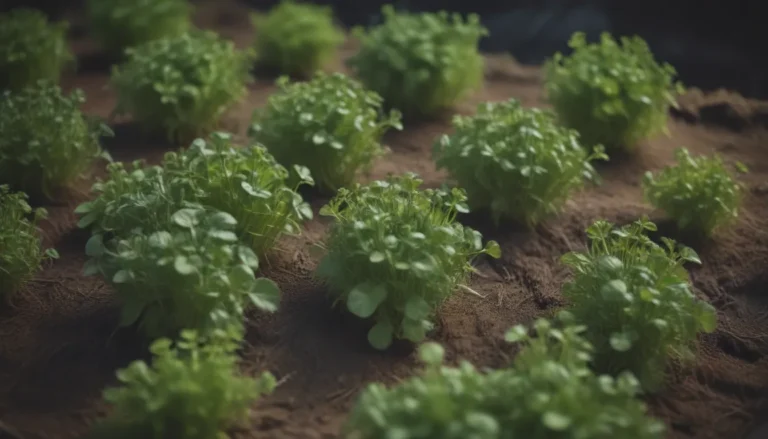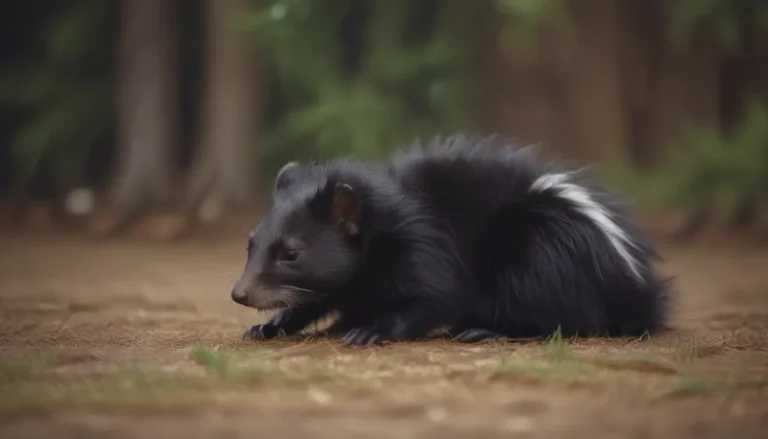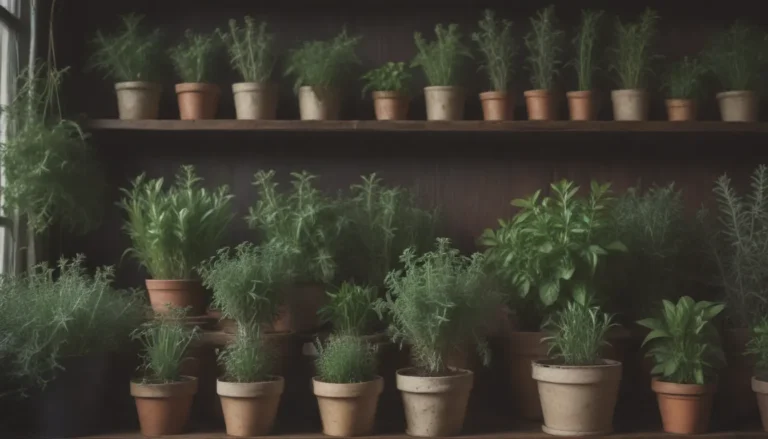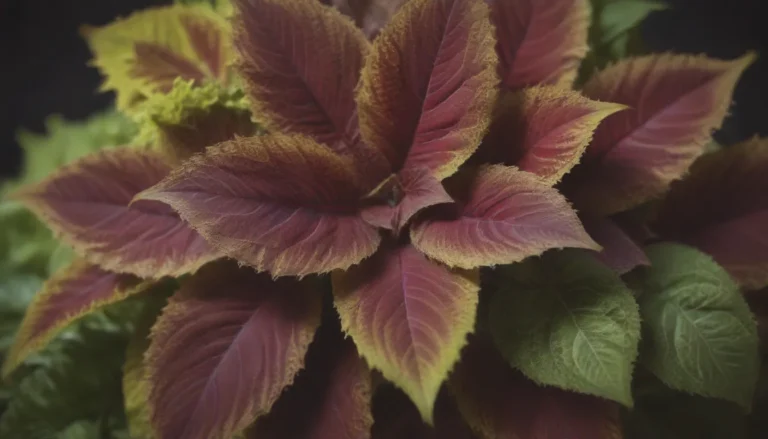Best Methods to Eliminate Grasshoppers in Your Garden
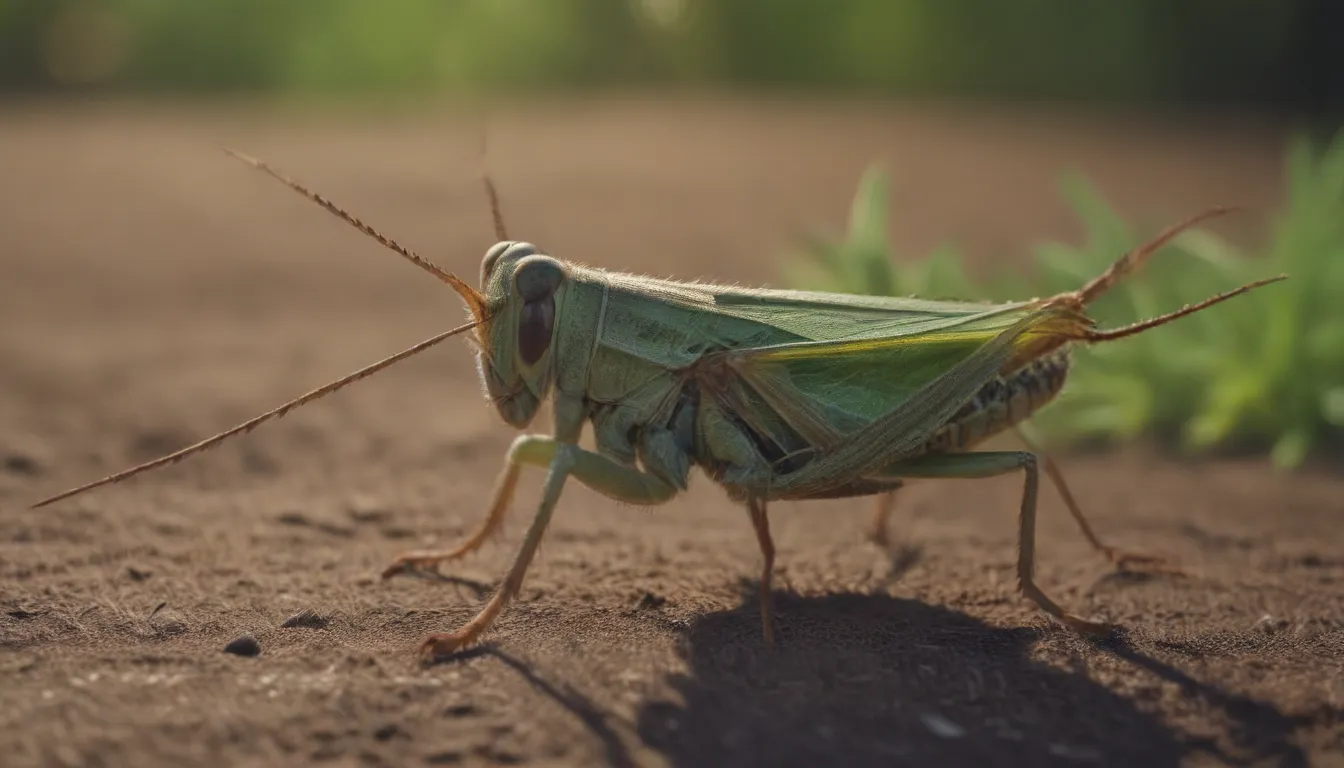
Are you tired of watching your beautiful garden get ravaged by pesky grasshoppers? These herbivorous insects can cause serious damage to plants, especially to vegetables and cereals. While it’s true that grasshoppers play a role in the ecosystem by providing food for birds and other creatures, an overabundance of them can wreak havoc on your precious plants.
In the United States alone, there are approximately 600 species of grasshoppers, with about 30 of them causing significant harm to landscape plants and crops. If you’re dealing with a grasshopper infestation in your garden, fear not! There are several natural and organic solutions, as well as chemical controls, to help you get rid of these nuisances and protect your plants.
Identifying Grasshopper Damage in Your Garden
Grasshoppers are known for their voracious appetites, feeding on grasses, leaves, and stems of plants. Some common signs of grasshopper damage include:
- Ragged and chewed holes in leaves, stems, and fruit of plants.
- Preferred plant species that include small grains, corn, alfalfa, soybeans, cotton, and more.
- Damage is most prevalent in the central U.S., from Montana to Texas.
If you notice these signs of grasshopper activity in your garden, it’s time to take action to prevent further damage.
Techniques to Identify Grasshoppers
It’s essential to distinguish between young grasshoppers and adults to effectively control their population. Here are some key characteristics to help you identify grasshoppers in your garden:
- Young grasshoppers are smaller and wingless, initially white, and gradually changing color as they grow.
- Adult grasshoppers are reddish-brown to olive green, with distinctively long, angled back legs.
- They have protruding heads dominated by large eyes and chewing mouthparts.
- Adult grasshoppers can fly, making them even more challenging to control.
Grasshoppers usually appear in early spring, peak in mid-summer, and thrive in hot, dry weather conditions. By understanding these features, you can take targeted steps to manage grasshoppers effectively.
9 Effective Ways to Get Rid of Grasshoppers
Grasshoppers are highly mobile insects, making them difficult to control once they infest your garden. However, with the following strategies and techniques, you can minimize grasshopper damage and protect your plants naturally:
1. Encourage Natural Predators
Many insect-eating birds, such as swallows, praying mantises, small snakes, and toads, are natural enemies of grasshoppers. Foster an environment that attracts these predators to keep grasshopper populations in check.
2. Till the Ground
Tilling the soil in mid- to late summer disrupts grasshopper egg-laying sites, preventing new generations from hatching in the spring. Repeat tilling in late fall and early spring to destroy any remaining eggs.
3. Eliminate Weeds
Weeds serve as alternate food sources for grasshoppers, so removing them reduces available resources for these pests. Regular weeding throughout your garden can help decrease grasshopper populations.
4. Cover Vulnerable Plants
Protect vulnerable plants from grasshopper feeding by covering them with cheesecloth or crop covers. This physical barrier can deter grasshoppers from accessing your plants.
5. Apply Garlic Spray
Create a natural repellent by mixing garlic and water to spray on plant leaves. This garlic spray deters grasshoppers and other pests from feeding on your plants.
6. Use Flour as a Deterrent
Dust plant leaves with flour to obstruct grasshoppers’ feeding with gummed-up mouths. Reapply the flour after rain to maintain its effectiveness.
7. Introduce Chickens to Your Garden
Chickens, ducks, and geese are voracious grasshopper-eaters and can provide natural pest control in your garden. Allow these birds to roam freely to reduce grasshopper populations.
8. Apply Biological Controls
Utilize natural biological agents like Nosema locustae, Beauveria bassiana, and azadirachtin found in neem oil to manage grasshopper populations organically. These methods are effective and environmentally friendly alternatives.
9. Consider Chemical Pesticides as a Last Resort
As a last resort, use chemical bait and spray pesticides labeled for grasshopper control. Ensure you follow all instructions carefully to minimize the impact on beneficial insects and the environment.
By incorporating these methods into your garden maintenance routine, you can effectively combat grasshopper infestations and protect your plants from further damage.
Understanding the Causes of Grasshopper Infestations
Grasshoppers are more likely to invade your garden during peak population years, especially if you’re growing their preferred food sources like corn, lettuce, and beans. However, during infestation years, grasshoppers will feed on a variety of garden crops and ornamental plants, causing significant destruction.
In some regions, up to 25 percent of crops can be lost to grasshoppers during severe infestations. To prevent and mitigate damage, it’s crucial to implement proactive strategies to address grasshopper populations in your garden.
Differentiating Grasshoppers from Beetles
While both grasshoppers and beetles can damage plant foliage, they exhibit distinct feeding patterns and behaviors. Here are some key differences between grasshoppers and beetles:
- Grasshoppers eat large portions of leaves, causing ragged holes, especially in the spring.
- Beetles consume nearly entire leaves, leaving behind a skeletal structure of veins.
- Beetles are more likely to defoliate plants entirely, while grasshoppers feed more randomly.
- Grasshoppers are prone to jumping or flying away when approached, while beetles usually remain feeding.
Understanding these differences can help you accurately identify the culprit behind your plant damage and tailor your control methods accordingly.
Fun Facts about Grasshoppers
While grasshoppers may be a nuisance in your garden, they have fascinating characteristics and are consumed as a food source in various cultures worldwide. Here are some intriguing facts about grasshoppers:
- Grasshoppers are not considered dangerous insects and do not possess venom.
- The fluid released by grasshoppers when handled, known as “tobacco juice,” is harmless but can stain surfaces.
- In many cultures, grasshoppers are cooked and eaten for their high protein content.
- Edible grasshoppers are commonly fried, boiled, or toasted with spices for a flavorful dish.
By exploring the unique aspects of grasshoppers, you can gain a deeper appreciation for these insects and their ecological role.
Conclusion
In conclusion, managing grasshoppers in your garden requires a multi-faceted approach that combines natural, organic, and chemical control methods. By identifying grasshopper damage, implementing preventative measures, and understanding the differences between grasshoppers and other pests, you can effectively protect your plants and preserve your garden’s beauty.
Remember, grasshoppers play a vital role in the ecosystem, so it’s essential to balance control efforts with conservation practices that support biodiversity. By following these strategies and techniques, you can maintain a healthy garden environment free from the harmful impacts of grasshopper infestations.
References:
– Long Zhang, Michel Lecoq, Alexandre Latchininsky, David Hunter. “Locust and Grasshopper Management.” Annual Review of Entomology 2019, 64:1, 15-34.
– University of California Integrated Pest Management. “Grasshoppers Management Guidelines.”
– Texas A&M AgriLife Extension Service. “Grasshoppers and Their Control – How to Get Rid of Grasshoppers.”
– Capinera JL, Scott RD, Walker TJ. “Field Guide to Grasshoppers, Katydids, and Crickets of the United States.” Comstock Pub. Associates; 2004.
– Mochiah MB, Banful B, Fening KN, et al. “Botanicals for the Management of Insect Pests in Organic Vegetable Production.” Published online 2011.


